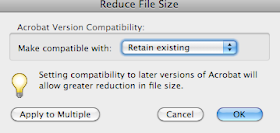Get a free professional designer listing on Design Firms!
About DesignFirms!
DesignFirms, period. Stats will show that over time, our site has consistently grown compared to other competiting sites. Our paying advertisers - they are real - not displayed to make us seem bigger than we really are. They are quality companies spending money to make money. Don't take our word for it, Google "designfirms" and see for yourself. Try searching for keywords like "design company", "need a website", "design directory" and even try your own searches. You will see that we are the best hands down. Add in other cool features such as the marketplace, reviews, jobs, portfolios, awards, articles and our link exchange network, you have the web's most prestigious design marketplace.If you have doubts about finding the right company with DesignFirms, know that our directory is automated but also human edited. We make every effort to provide quality firms for you to choose from. Need more proof? View some company reviews.
What is DesignFirms?
As one of the world's leading directories of web designers, developers, graphic designers, etc., your business can reach thousands upon thousands of visitors each month. Unlike most directories in similar nature, DesignFirms is easy to use and even easier for visitors to find a provider for the services they need (your company). Read below for more information on why DesignFirms is the best vehicle in building your design business.If you are a business looking to advertise on the DesignFirms directory, this page will help you understand what DesignFirms has to offer and how it will help your business succeed.












